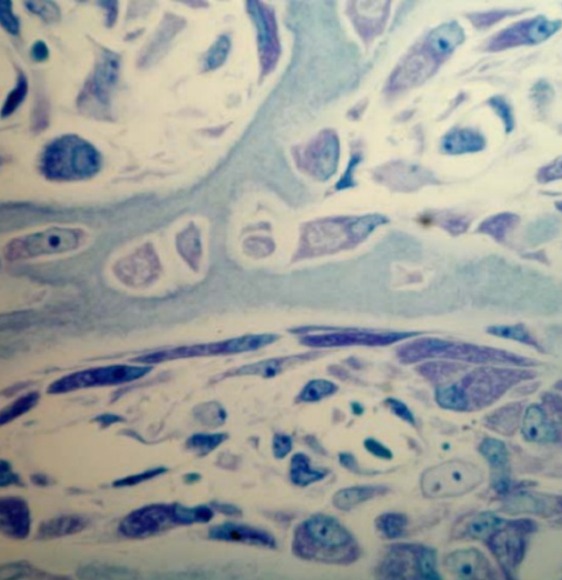Resorption overview




Resorption of hard tissues can be a physiological phenomenon or (a consequence of) a pathological process. The bony skeleton is undergoing constant turnover, in 2 - 3 years the whole bone material will be renewed. Osteoclasts are working in one area for ca. 3 months to remove "old" bone tissue, followed by osteoblasts which rebuild the area, again in ca 3 months. Another example of physiological resorption is resorption of primary teeth, caused by the pressure from permanent teeth on their way up.
Pathological resorption of teeth can affect the teeth from inside (internal resorption), or from the outer surface. Trauma and infection are often involved in the etiopathogenesis of resorption, but this is not always the case. Resorption of teeth can be transient or progressive, and it cannot always be stopped by treatment.